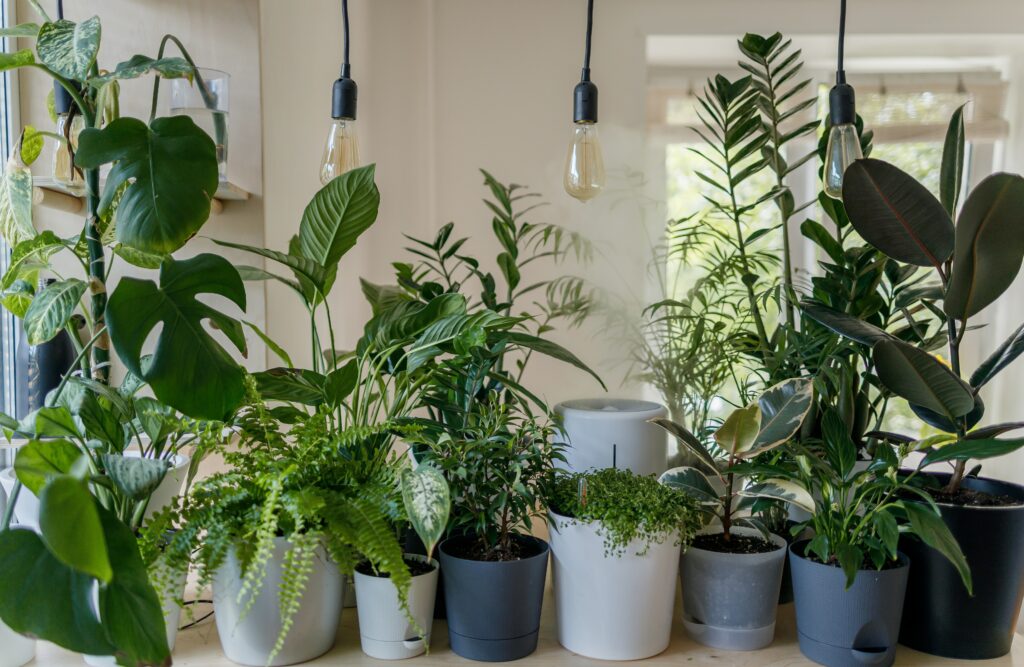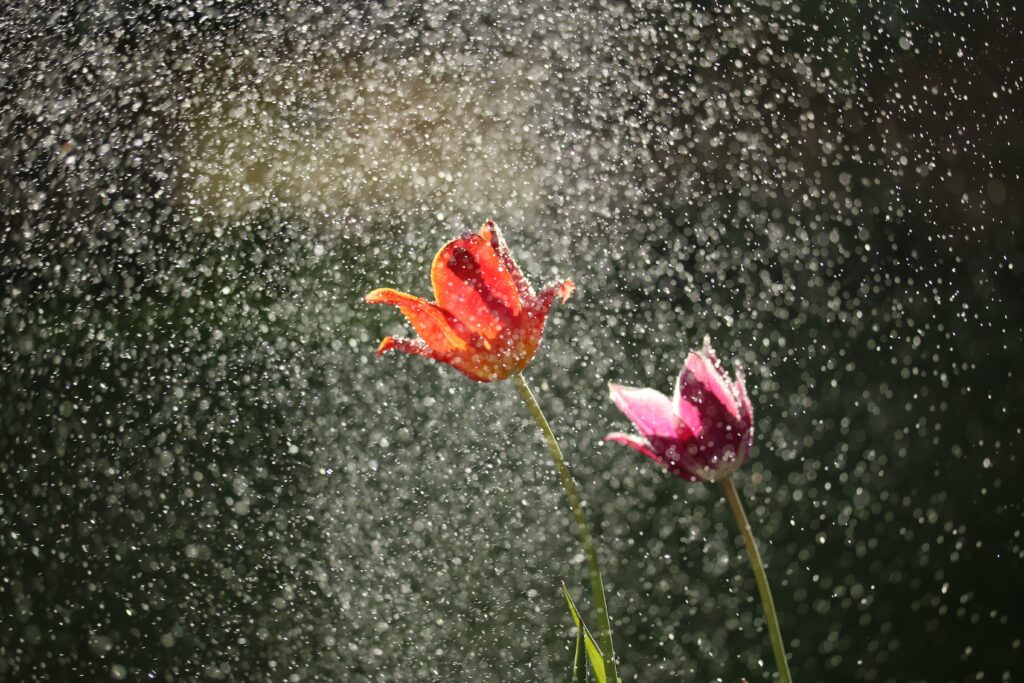Frost can be a major threat to your garden, especially if you live in the Midwest. Frost can damage or kill your plants, causing you to lose all the hard work you’ve put into your garden. But don’t despair! There are a few simple steps you can take to protect your plants from early frost damage. Here are the top five things you can do to protect your plants against frost damage:
5 Key Steps to Protect your Plants from Early Frost
Know When Frost is Expected to Occur
The first step to protecting your plants from frost is to know when frost is likely to occur in your area. The Old Farmer’s Almanac is a great resource for this information, as is your local weather forecast. Paying attention to the weather forecast and knowing when frost is expected can help you to take the necessary steps to protect your plants. It’s important to be prepared and have a plan in place so that you can take action as soon as the frost is expected. This will give you the best chance of protecting your plants and minimizing frost damage.
Cover Your Plants
One way to protect your plants from frost is to cover them with a frost cloth or blankets. This will help to keep the frost off the plants and will also help to keep them warmer. You can also use plastic sheeting or old sheets to cover your plants. Just be sure to remove the covering in the morning so that your plants can get the sunlight they need to grow. It’s important to cover your plants completely, including the tops and sides. This will provide the most protection against frost. Be sure to secure the covering with stakes or weights so that it doesn’t blow away in the wind.
Water Your Plants Before Frost is Expected
Another way to protect your plants from frost is to water them well before the frost is expected to occur. This will help to insulate the roots and keep the plants warmer. Just be sure not to water the plants too much, as this can actually cause frost damage. Watering your plants deeply a day or two before frost is expected will help to hydrate the plants and provide insulation for the roots. Avoid watering your plants just before frost is expected, as this can actually make them more susceptible to frost damage.
Move Potted Plants to a Protected Area
If you have potted plants, you can bring them indoors or move them to a protected area, such as a garage or shed. Just be sure to bring them back outside when the frost has passed and the weather warms up again. Potted plants are more susceptible to frost damage because they don’t have the insulation of the ground around them. Moving them to a protected area can help to keep them warmer and reduce the risk of frost damage.

Provide Additional Insulation
You can also protect your plants by providing them with additional insulation. Mulch is a great way to do this, as it will help to keep the soil around the plants warmer. You can also use straw or leaves to provide insulation. Adding a layer of mulch around your plants will help to insulate the soil and keep the plants warmer. This can be especially helpful for plants that are more sensitive to frost. Just be sure not to pile the mulch too high, as this can actually cause the plants to rot.
In addition to these five steps, there are a few plants that are more resistant to frost damage than others. These include cabbage, kale, and lettuce, as well as herbs like rosemary and thyme. Planting these types of plants in your garden can help to reduce the risk of frost damage.
Overall, there are many ways to protect your plants from early frost damage in the Midwest. By following these tips and taking a little extra care of your garden, you can help to ensure that your plants survive the colder months and continue to thrive.
Common Pitfalls to Avoid Frost Damage
Waiting until the last minute to take action
It’s important to be prepared and have a plan in place before frost is expected. Waiting until the last minute to take action may not give you enough time to properly protect your plants.
Watering your plants too close to when frost is expected
As mentioned earlier, watering your plants just before frost is expected can actually make them more susceptible to frost damage. Be sure to water your plants a day or two before frost is expected, rather than just before.
Not covering your plants completely
It’s important to cover your plants completely, including the tops and sides, in order to provide the most protection against frost. Neglecting to cover certain parts of the plant can leave them vulnerable to frost damage.
Not securing the covering properly
Be sure to secure the covering with stakes or weights so that it doesn’t blow away in the wind. If the covering blows away, it won’t be able to protect your plants from frost.
Piling mulch too high
While mulch can be helpful in insulating the soil and keeping your plants warmer, it’s important not to pile it too high. Piling the mulch too high can cause the plants to rot.
By avoiding these pitfalls and following the tips provided, you can help to protect your plants from frost damage and ensure that they continue to thrive in the colder months.


